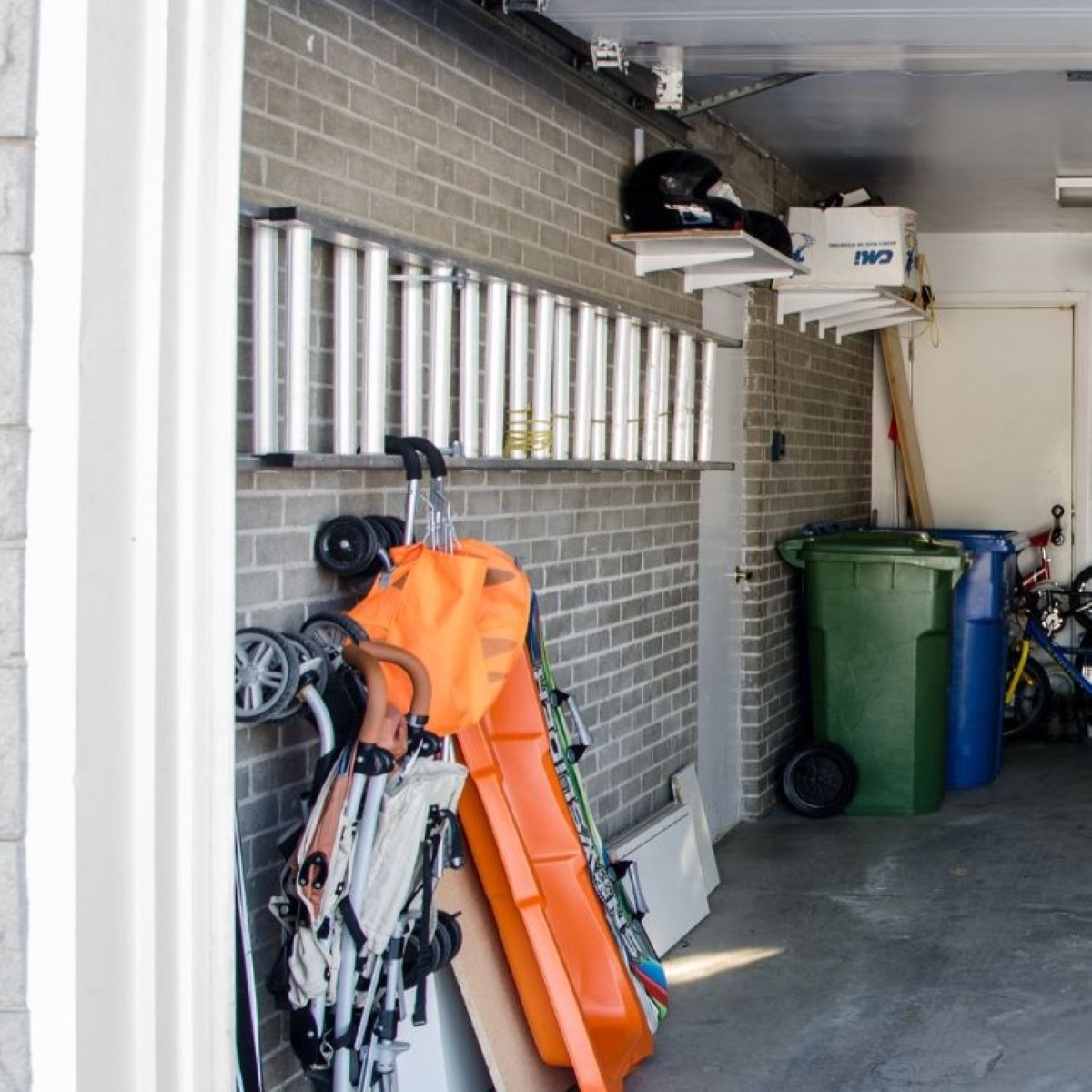

Articles
How To Store Extension Ladders
Modified: February 22, 2024
Learn how to properly store your extension ladders with our informative articles. Keep your ladders safe and secure to extend their lifespan and ensure your safety.
(Many of the links in this article redirect to a specific reviewed product. Your purchase of these products through affiliate links helps to generate commission for Storables.com, at no extra cost. Learn more)
Introduction
Extension ladders are essential tools for various tasks, including construction, home repairs, and maintenance. However, when not in use, properly storing these ladders is crucial to ensure their longevity and to maintain a safe working environment. In this article, we will explore the best practices for storing extension ladders, whether indoors or outdoors, to protect them from damage and to prevent any accidents.
When it comes to storing extension ladders, safety should be your top priority. A poorly stored ladder can pose a serious risk, not only to yourself but also to others in the vicinity. Unsecured ladders can fall over, causing injuries or damage to property. Furthermore, exposure to harsh weather conditions can deteriorate the ladder’s materials, compromising its structural integrity.
By implementing proper storage techniques, you can safeguard your extension ladder and prolong its lifespan. Whether you have limited space or ample room, there are various options available for both outdoor and indoor ladder storage.
Outdoor storage options for extension ladders include wall-mounted racks, ladder stands, or specially designed ladder storage systems. These options ensure that your ladder is securely held and protected from the elements. Indoor storage solutions, on the other hand, might include ladder hooks or brackets, ceiling-mounted pulley systems, or simply placing the ladder against a wall.
Regardless of the storage method you choose, it’s crucial to follow some important tips to properly store your extension ladder. This includes cleaning the ladder before storage, inspecting it for any damage or wear, using protective covers, and ensuring it is stored in a stable and secure position.
By adhering to these guidelines, you can extend the lifespan of your extension ladder and ensure its safekeeping. So, let’s explore in detail the various safety considerations and storage options for extension ladders, both indoors and outdoors, to help you make an informed decision for storing your ladder.
Key Takeaways:
- Properly storing extension ladders is crucial for safety and longevity. Inspect, clean, and secure your ladder, whether indoors or outdoors, to protect it from damage and ensure a safe working environment.
- Choose suitable storage options, such as wall-mounted racks, ladder stands, or ceiling-mounted pulley systems, to safeguard your extension ladder from the elements. Prioritize safety, follow manufacturer’s recommendations, and maintain your ladder for long-term functionality.
Read more: How To Store A Ladder
Safety Considerations for Storing Extension Ladders
When it comes to storing extension ladders, safety should always be the top priority. Improperly stored ladders can pose a significant risk of accidents and injuries to both yourself and others. To ensure safe storage for your extension ladder, consider the following safety considerations:
- Inspect for Damage: Before storing your ladder, thoroughly inspect it for any signs of damage or wear. Check for cracks, bent rungs, loose hardware, or any other issues that could compromise the ladder’s stability.
- Clean the Ladder: It’s essential to clean your ladder before storing it. Remove any dirt, debris, or grime, as these can potentially weaken the ladder over time. Use a mild detergent and a soft brush to clean both the rungs and rails of the ladder.
- Secure Loose Parts: Ensure that all the parts, such as bolts and screws, are tightly fastened. Loose parts can not only affect the ladder’s stability during use but also pose a potential hazard if they come off while storing or transporting the ladder.
- Protective Covers: Consider using protective covers to shield your ladder from the elements. Exposure to UV rays, rain, snow, or extreme temperatures can accelerate the ladder’s deterioration. A cover made of durable and weather-resistant material can help prolong the lifespan of your ladder.
- Stable Positioning: When storing your ladder, ensure that it is in a stable and secure position. Avoid placing it in a high-traffic area or where it can be easily knocked over. If using a ladder stand or storage system, follow the manufacturer’s instructions to ensure proper stability and weight distribution.
- Weight Capacity: Be aware of the ladder’s weight capacity and refrain from exceeding it. Overloading a ladder can compromise its structural integrity and increase the risk of accidents. If you frequently work with heavy equipment or materials, consider investing in a ladder with a higher weight capacity.
- Ladder Positioning: Take care when positioning the ladder against a wall or storing it vertically. Ensure that it is securely propped or fastened to prevent it from sliding or tipping over. Placing a non-slip mat or using ladder brackets can provide additional stability.
- Keep Clear Pathways: When storing your ladder, make sure it does not obstruct walkways, exits, or emergency routes. Keep the surrounding areas clear and free of clutter to minimize the risk of tripping or accidents.
- Regular Inspections: Periodically inspect your ladder, even when it’s in storage, to identify any signs of damage or wear. This ensures that the ladder remains in good condition and safe to use when needed.
By keeping these safety considerations in mind, you can ensure that your extension ladder is safely stored and ready for use whenever required. Remember, proper storage not only protects your ladder but also contributes to a safer working environment. So, invest the time and effort to store your extension ladder correctly and prioritize safety at all times.
Outdoor Storage Options for Extension Ladders
When it comes to outdoor storage options for extension ladders, there are several choices available to ensure that your ladder remains securely stored and protected from the elements. Here are some popular outdoor storage options:
- Wall-Mounted Racks: Wall-mounted ladder racks are a common choice for storing extension ladders. These racks are designed to be mounted on the exterior wall of your home or garage. They provide a convenient and space-saving solution, keeping the ladder securely in place. Be sure to choose a rack that is compatible with the size and weight of your ladder.
- Ladder Stands: Ladder stands are freestanding structures specifically designed to hold extension ladders. They feature a sturdy base and hooks or cradles to support the ladder securely. Ladder stands are portable and can be moved around your property as needed. Make sure to select a stand with a wide and stable base to prevent tipping.
- Ladder Storage Systems: Some manufacturers offer specialized ladder storage systems that are designed explicitly for outdoor use. These systems often consist of a combination of racks, stands, and locking mechanisms to secure the ladder in place. They provide added protection against theft, as many systems incorporate locks or anti-theft features.
- Enclosed Storage Sheds: If you have enough space in your yard, consider investing in an enclosed storage shed. These sheds provide a dedicated space to protect your extension ladder from the elements and theft. Look for sheds with adequate ventilation to prevent moisture buildup, which can lead to rust and deterioration.
When selecting an outdoor storage option, consider factors such as the size of your ladder, the available space in your yard or garage, and your budget. It is important to choose a storage solution that offers proper support and protection to extend the lifespan of your extension ladder.
Before storing your ladder outdoors, ensure that it is clean and dry to prevent the buildup of moisture or debris. Applying a coat of protective wax or rust-resistant paint can provide additional protection against corrosion caused by exposure to the elements.
Remember to secure your ladder properly when using outdoor storage options. Use straps or locks to prevent unauthorized access or theft. Additionally, periodically inspect your ladder and storage system to ensure that it remains in good condition and free from any damages or signs of wear.
By choosing a suitable outdoor storage option and following proper maintenance practices, you can protect your extension ladder from the elements and ensure it remains in optimal condition for a longer time.
When storing extension ladders, make sure to clean them thoroughly to remove any dirt or debris. Then, store them in a dry, well-ventilated area to prevent rust and damage. Use ladder hooks or brackets to keep them off the ground and out of the way.
Indoor Storage Options for Extension Ladders
When it comes to storing extension ladders indoors, there are several options available to maximize space and keep your ladder safe and secure. Here are some popular indoor storage options:
- Ladder Hooks or Brackets: Ladder hooks or brackets are an effective and space-saving solution for storing extension ladders vertically on the wall. These hooks or brackets can be mounted on the wall in your garage, shed, or basement. Make sure to choose hooks or brackets that are strong enough to support the weight of your ladder and provide a secure grip.
- Ceiling-mounted Pulley Systems: Ceiling-mounted pulley systems are an excellent choice if you have limited floor space. These systems allow you to hoist your ladder up towards the ceiling, keeping it out of the way when not in use. The ladder can be easily lowered when needed, using a pulley and rope system. Ensure that the pulley system is installed correctly and can handle the weight of the ladder.
- Leaning Against the Wall: If you have sufficient floor space, you can simply lean the ladder against a wall. Make sure to position it in a stable manner and secure it by using non-slip mats or by placing it in a corner. This method works well for shorter ladders that are easy to handle and less likely to tip over.
- Overhead Storage Racks: Overhead storage racks are an ideal solution for storing extension ladders in garages or areas with high ceilings. These racks are mounted on the ceiling and can be adjusted to accommodate ladders of different sizes. Make sure the rack is firmly secured to the ceiling and ensure that the installation does not interfere with any light fixtures or other obstructions.
When choosing an indoor storage option, consider the space available, the accessibility of your ladder, and your specific storage needs. It’s important to select a method that keeps your ladder safely stored while also allowing for easy retrieval when needed.
Before storing your ladder indoors, clean it thoroughly to remove any dirt or debris. Ensure that it is completely dry to prevent moisture-related issues such as rust or mold. Applying a protective coating or storing the ladder in a closed and dry area can provide additional protection against environmental factors.
Regardless of the storage option you choose, always secure your ladder properly to prevent accidents. Use straps or bungee cords to secure the ladder to the wall or ceiling-mounted systems. Regularly inspect your ladder and storage system to ensure that they remain in good condition and free from any damages or signs of wear.
By utilizing appropriate indoor storage options, you can safely store your extension ladder indoors, protecting it from potential damage and ensuring it remains in excellent working condition.
Tips for Properly Storing Extension Ladders
Properly storing your extension ladder is essential for its functionality, longevity, and safety. Here are some valuable tips to ensure you store your ladder correctly:
- Clean the Ladder: Before storing your ladder, make sure to clean it thoroughly. Remove any dirt, debris, or corrosive substances that may have accumulated during use. Use a mild detergent and a soft brush to clean both the rungs and rails of the ladder. A clean ladder is less likely to deteriorate and is more pleasant to handle when you need it again.
- Inspect for Damage: Before storing, visually inspect your ladder for any signs of damage or wear. Look for cracks, bent rungs, or loose hardware. If you notice any issues, address them promptly. Repair or replace damaged parts to ensure the ladder remains safe to use in the future.
- Apply Lubrication: Apply a lubricant to any moving parts of your ladder, such as hinges or locking mechanisms. This helps prevent rust and ensures smooth operation when extending or retracting the ladder. Use a silicone-based spray or a specialized ladder lubricant to keep the ladder functioning optimally.
- Protective Covers: Consider using a protective cover to shield your ladder from the elements. Choose a cover made of durable and weather-resistant material. The cover should fit properly and provide full coverage to safeguard the ladder from UV damage, rain, snow, and other environmental factors.
- Choose a Stable Storage Location: Choose a stable and secure location for storing your ladder. If storing indoors, select a spot where it won’t obstruct walkways or pose a tripping hazard. If storing outdoors, ensure the storage area is stable and protected from extreme weather conditions. Avoid placing the ladder in direct sunlight or areas prone to excessive moisture.
- Store Horizontally for Long-term Storage: For long-term storage, it is recommended to store extension ladders horizontally. This helps prevent warping or bending of the ladder’s rails. Use ladder brackets or specially designed racks to support the ladder at multiple points to distribute its weight evenly.
- Use Wall Mounts or Hooks: Utilize wall mounts or hooks to store your ladder vertically on the wall. Ensure the mounts or hooks are securely attached to a load-bearing wall and can withstand the weight of the ladder. This method is ideal for short-term storage when easy access to the ladder is required.
- Secure with Straps or Clamps: To prevent accidental falls, secure your ladder with straps or clamps. This is especially important when storing the ladder vertically. Use sturdy straps or adjustable clamps that tightly secure the ladder to the wall or storage system.
- Keep It Dry: Moisture can lead to rust and deterioration of the ladder, so ensure it is completely dry before storing it. If the ladder got wet during use, allow it to dry before proceeding with storage. Avoid storing the ladder in damp or humid areas to minimize the risk of corrosion.
- Follow Manufacturer’s Recommendations: Always refer to the manufacturer’s instructions or guidelines for storing your specific type of ladder. Different ladder models may have unique storage requirements, weight limits, or considerations that should be followed for optimal safety and maintenance.
By following these tips, you can ensure that your extension ladder is properly stored, protected, and ready for use whenever needed. Regular maintenance and adherence to storage guidelines help extend the lifespan of your ladder, ensuring it remains in excellent condition for years to come.
Read more: How To Store Ladders
Conclusion
Properly storing your extension ladder is crucial for its safety, longevity, and functionality. By following the right storage techniques, you can protect your ladder from damage and maintain a safe working environment. Whether you choose to store your ladder outdoors or indoors, there are several options available to suit your space and needs.
When storing your ladder, always prioritize safety. Inspect your ladder for any signs of damage and clean it thoroughly before storage. Use protective covers to shield it from environmental elements and apply lubrication to moving parts to ensure smooth operation.
Outdoor storage options include wall-mounted racks, ladder stands, ladder storage systems, and enclosed storage sheds. These options provide secure storage and protection from weather conditions. Indoor storage options include ladder hooks or brackets, ceiling-mounted pulley systems, leaning against the wall, or using overhead storage racks. These options help save space and keep your ladder easily accessible.
Remember to properly secure your ladder using straps, clamps, or locks to prevent accidental falls. Regularly inspect your ladder and storage system to identify any signs of wear or damage. Follow the manufacturer’s recommendations for storing and maintaining your specific ladder model.
Taking the time to properly store your extension ladder will not only protect your investment but also ensure its safety and longevity. By implementing the tips and techniques outlined in this article, you can confidently store your ladder and have peace of mind knowing it will be in excellent condition when you need it for your next project.
So, prioritize safety, choose the right storage option, and give your extension ladder the care it deserves. Happy storing!
Frequently Asked Questions about How To Store Extension Ladders
Was this page helpful?
At Storables.com, we guarantee accurate and reliable information. Our content, validated by Expert Board Contributors, is crafted following stringent Editorial Policies. We're committed to providing you with well-researched, expert-backed insights for all your informational needs.
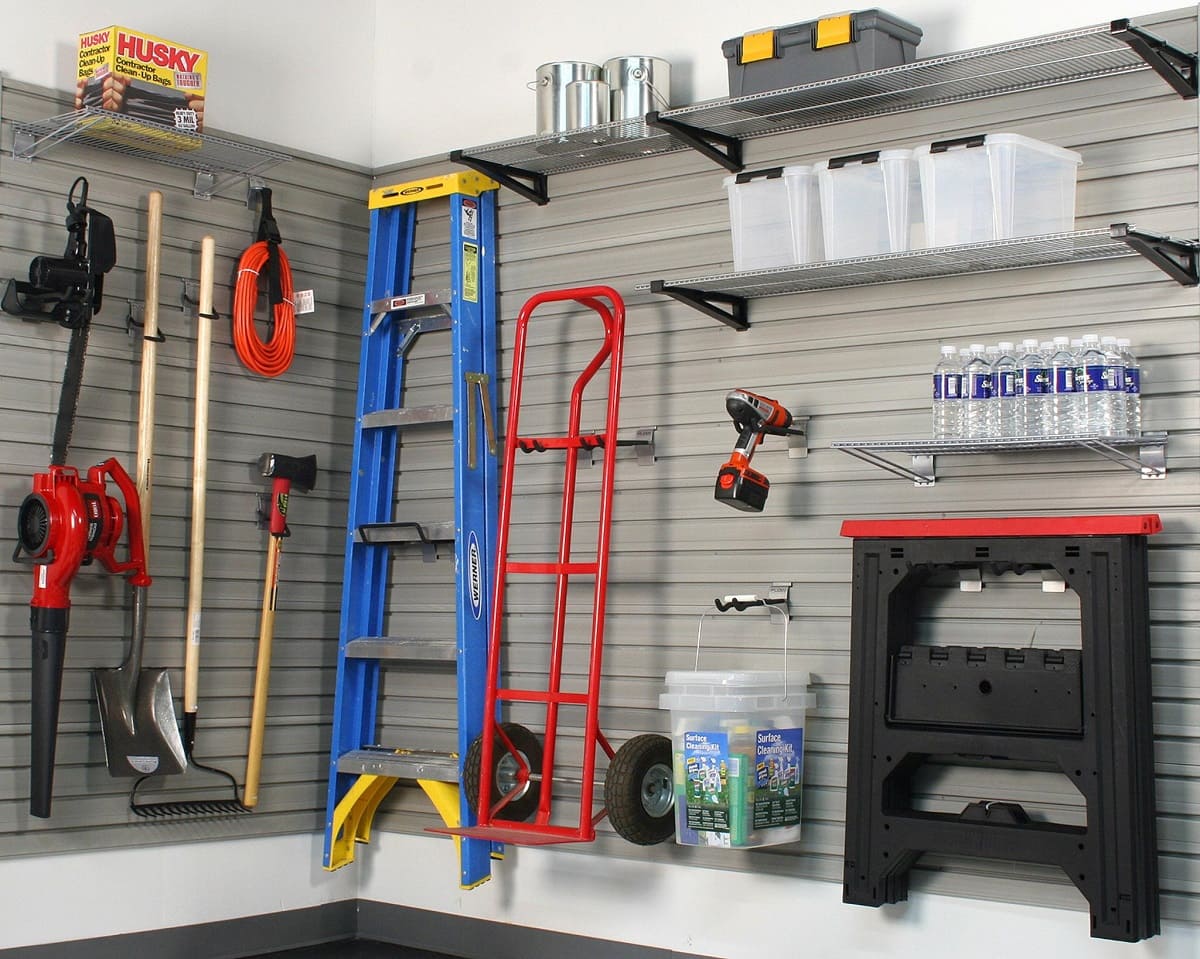
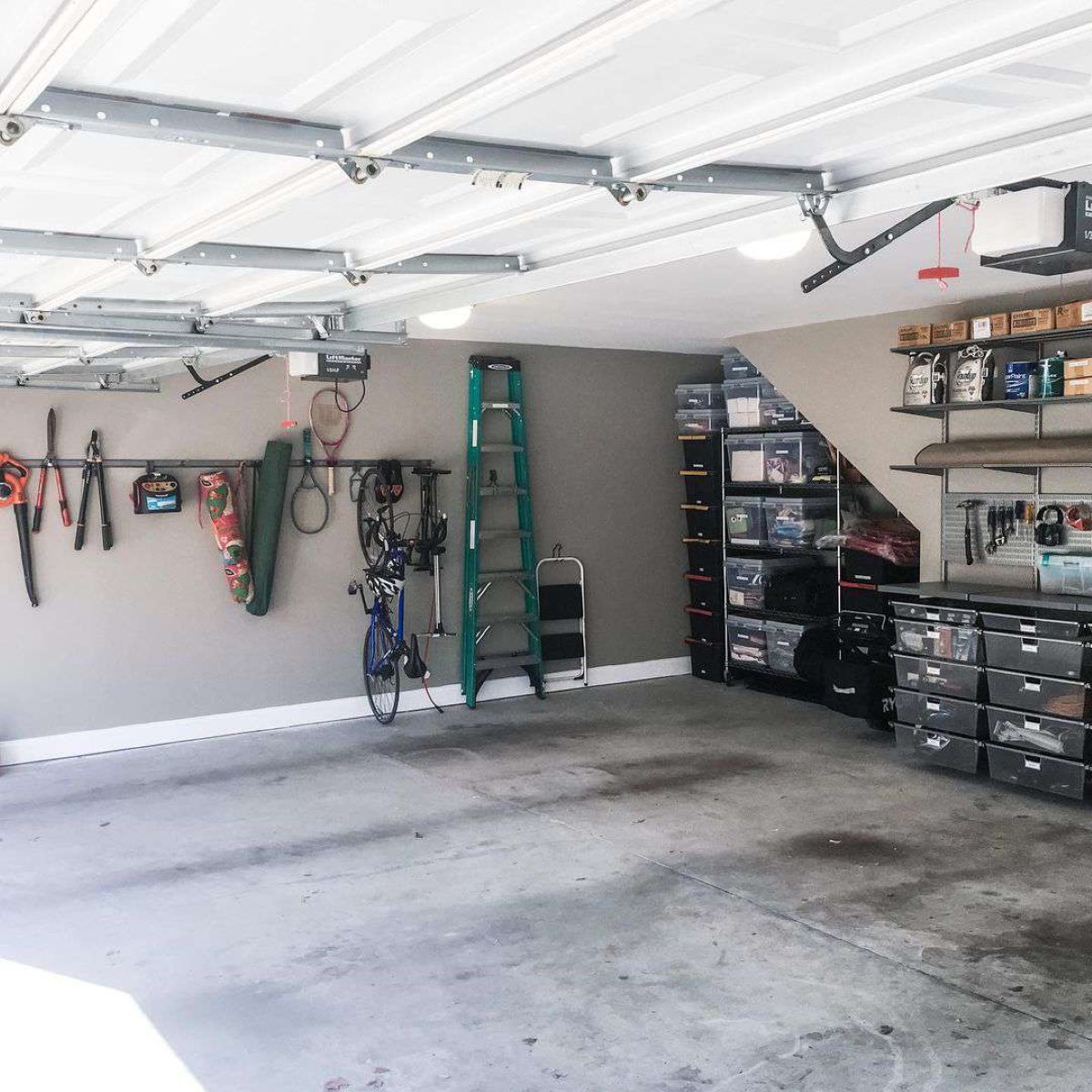
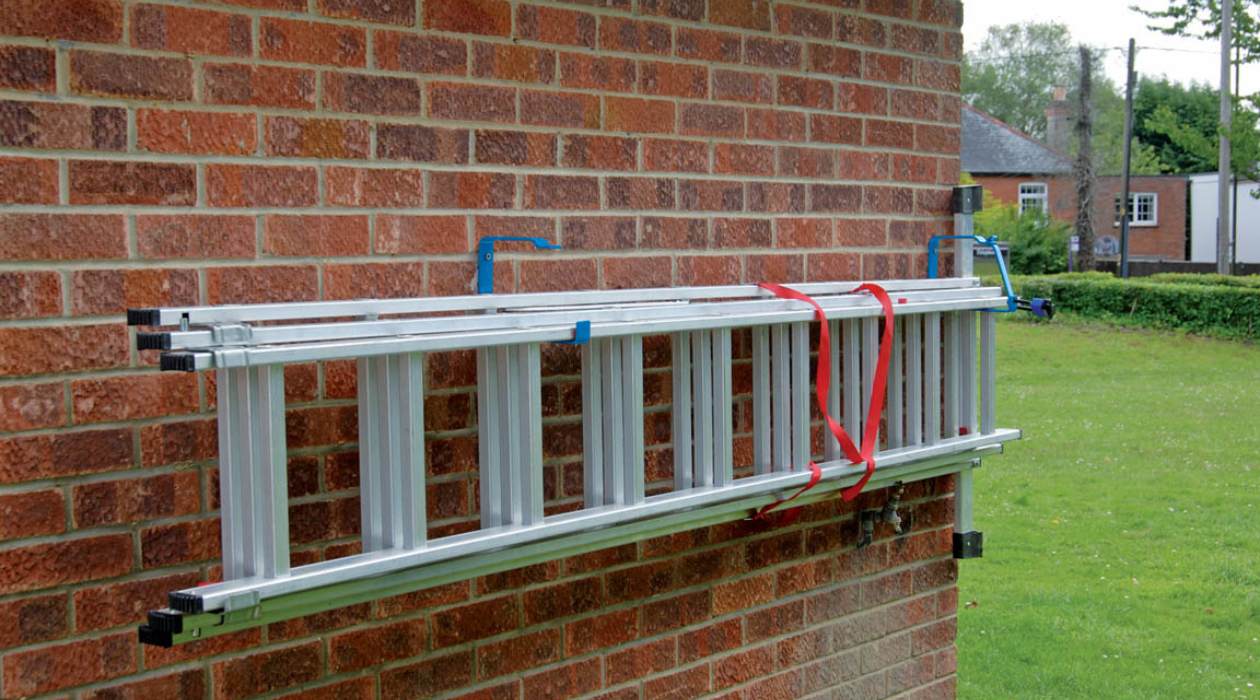
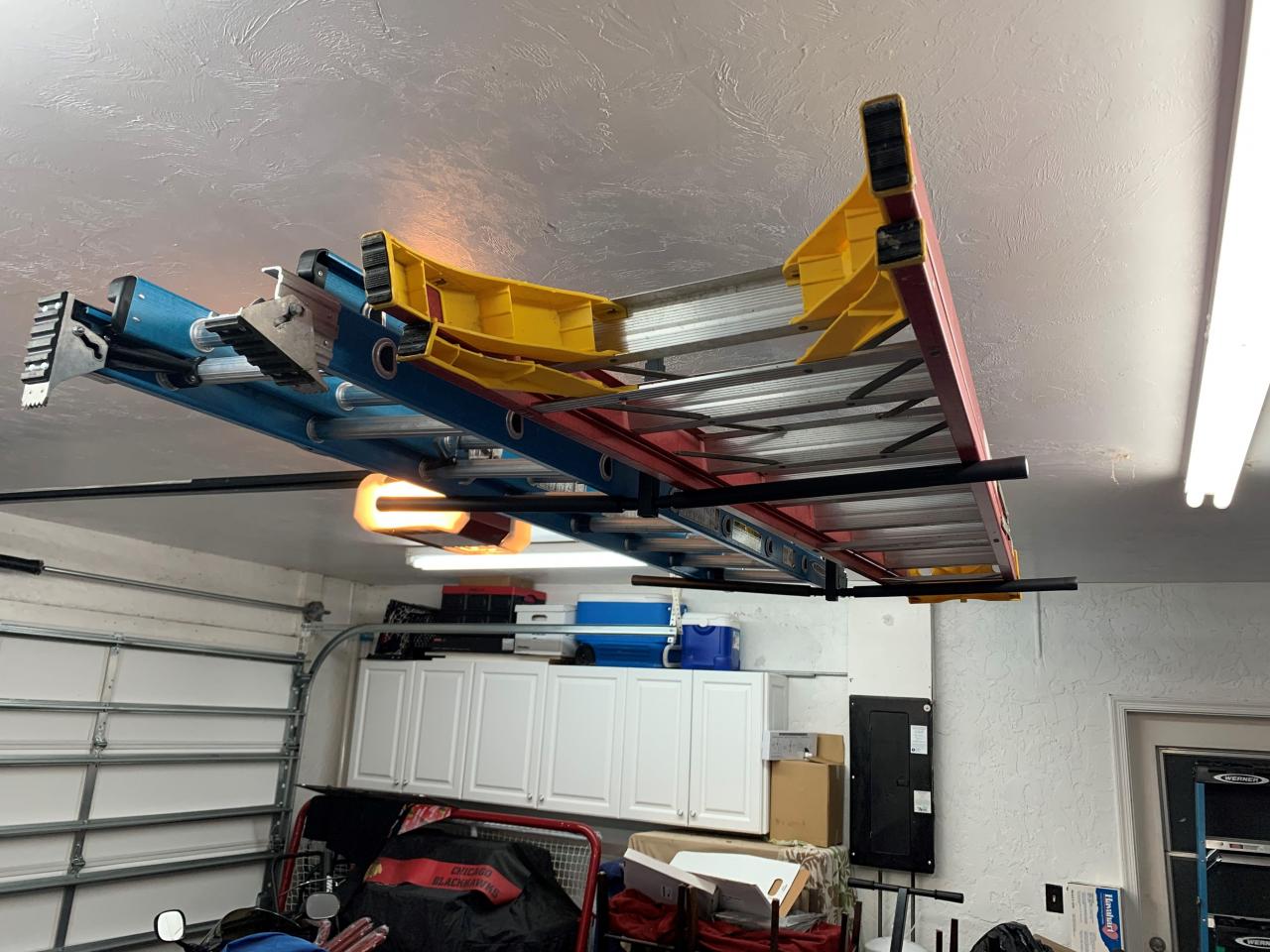
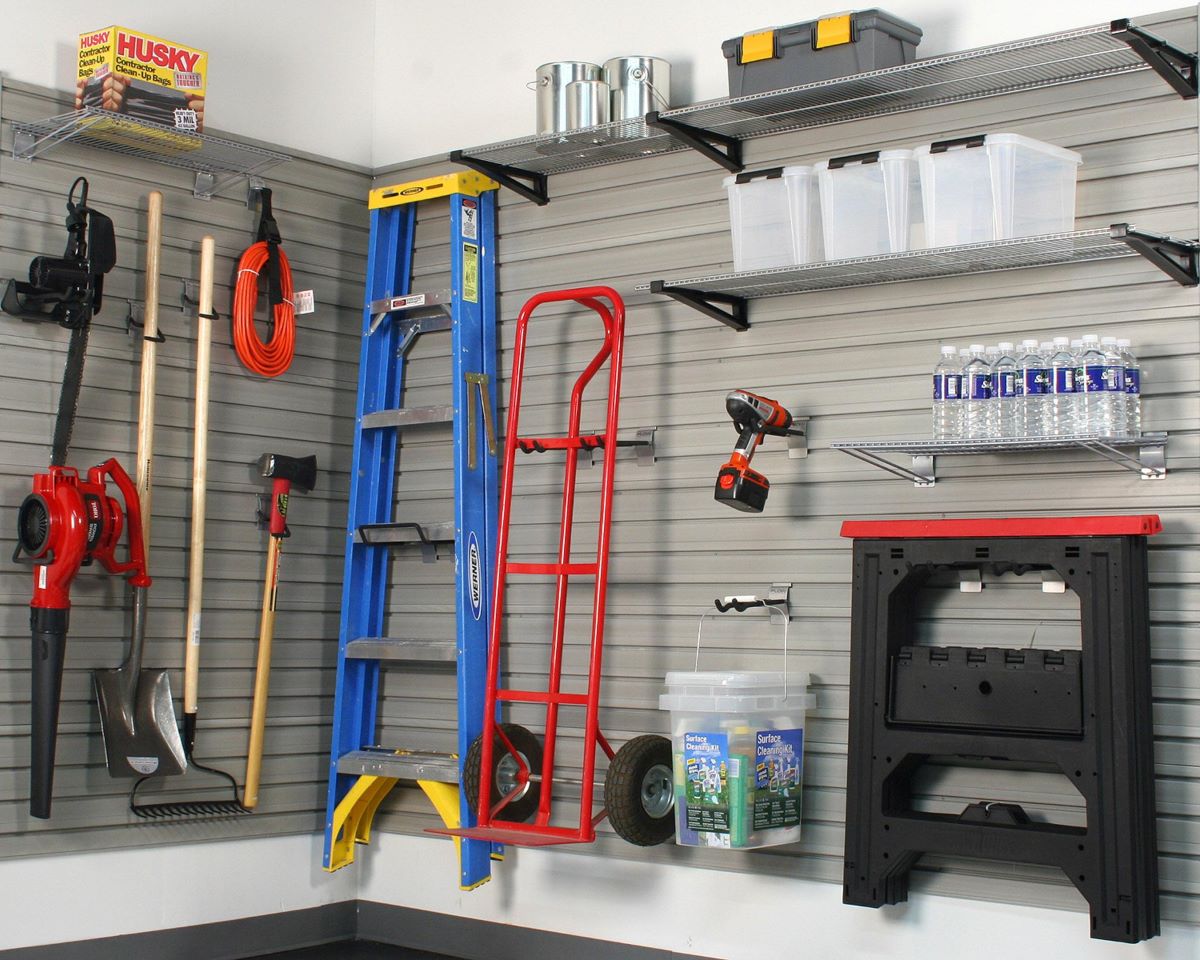
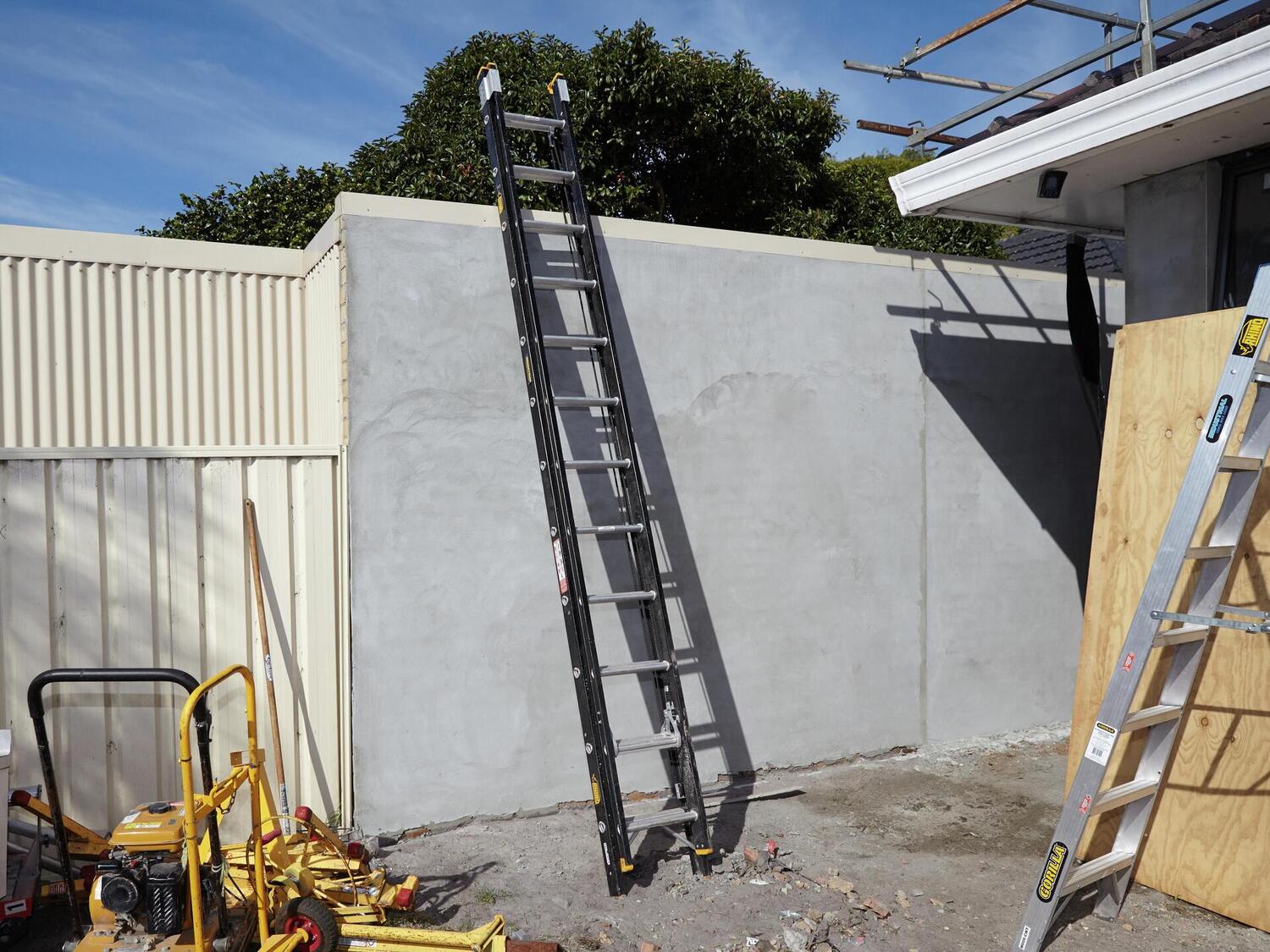
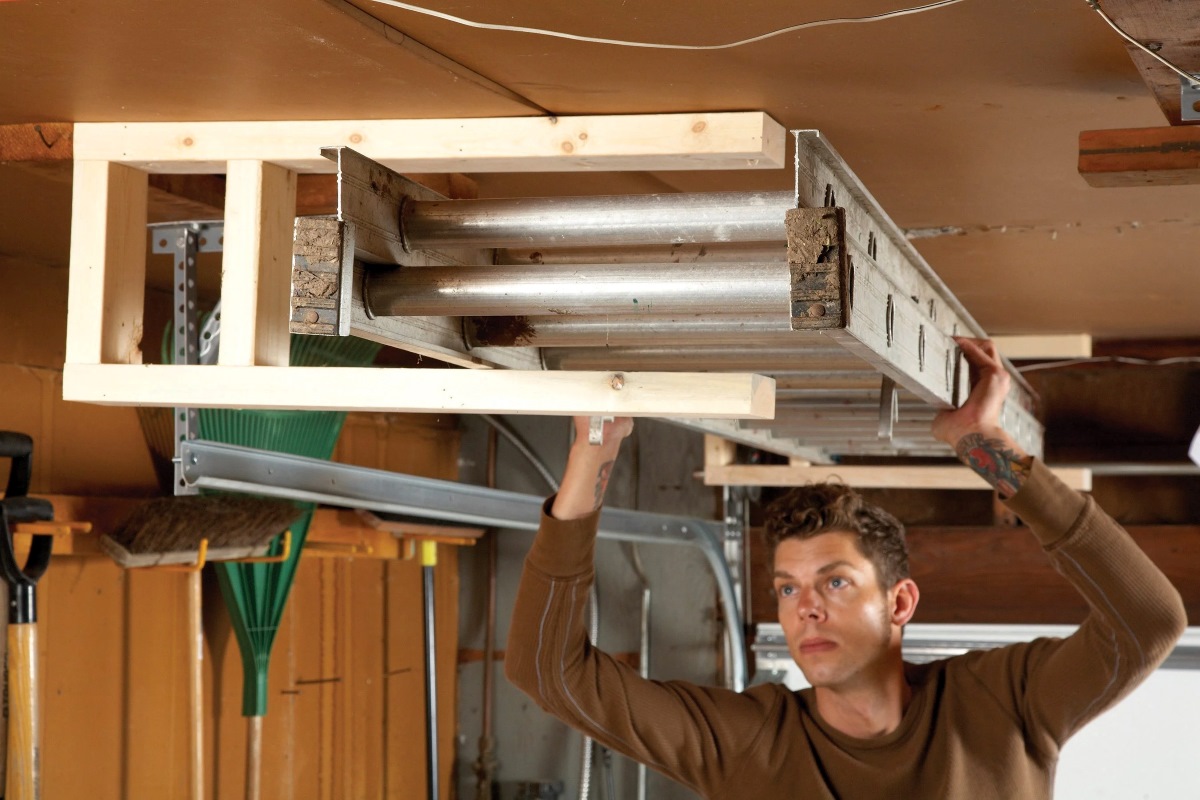
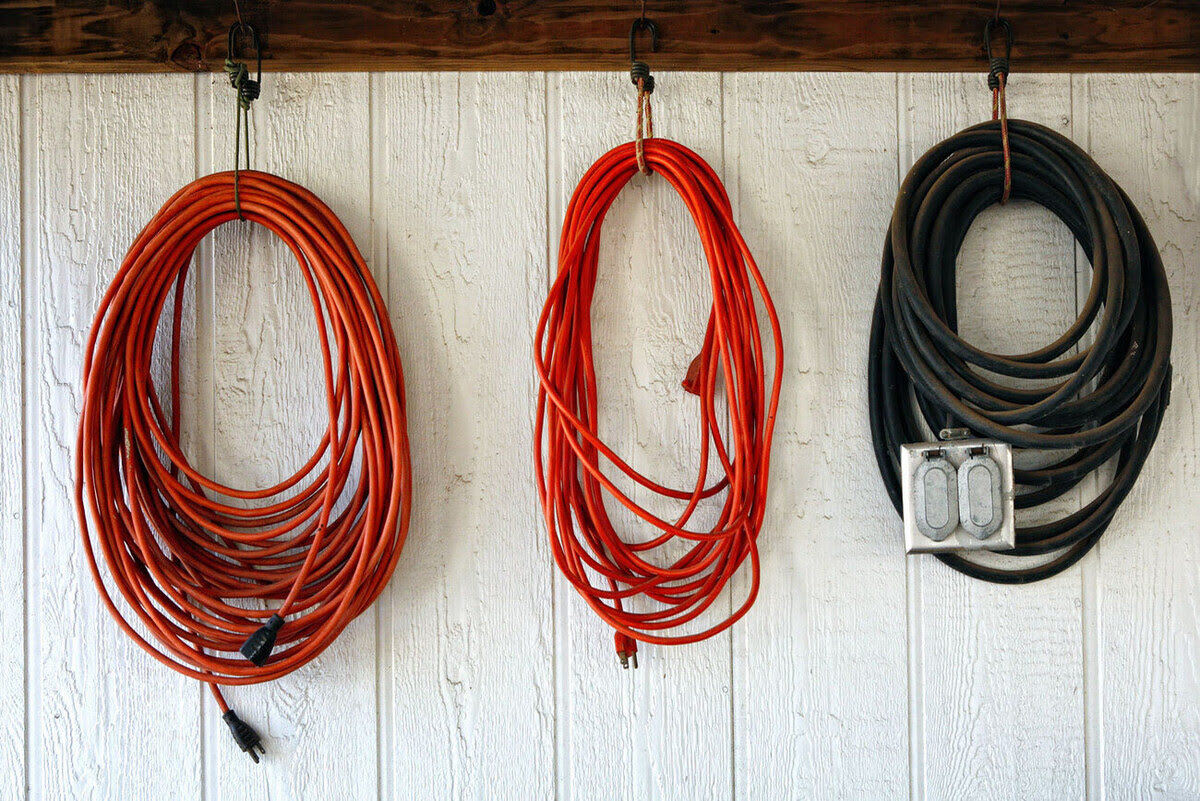
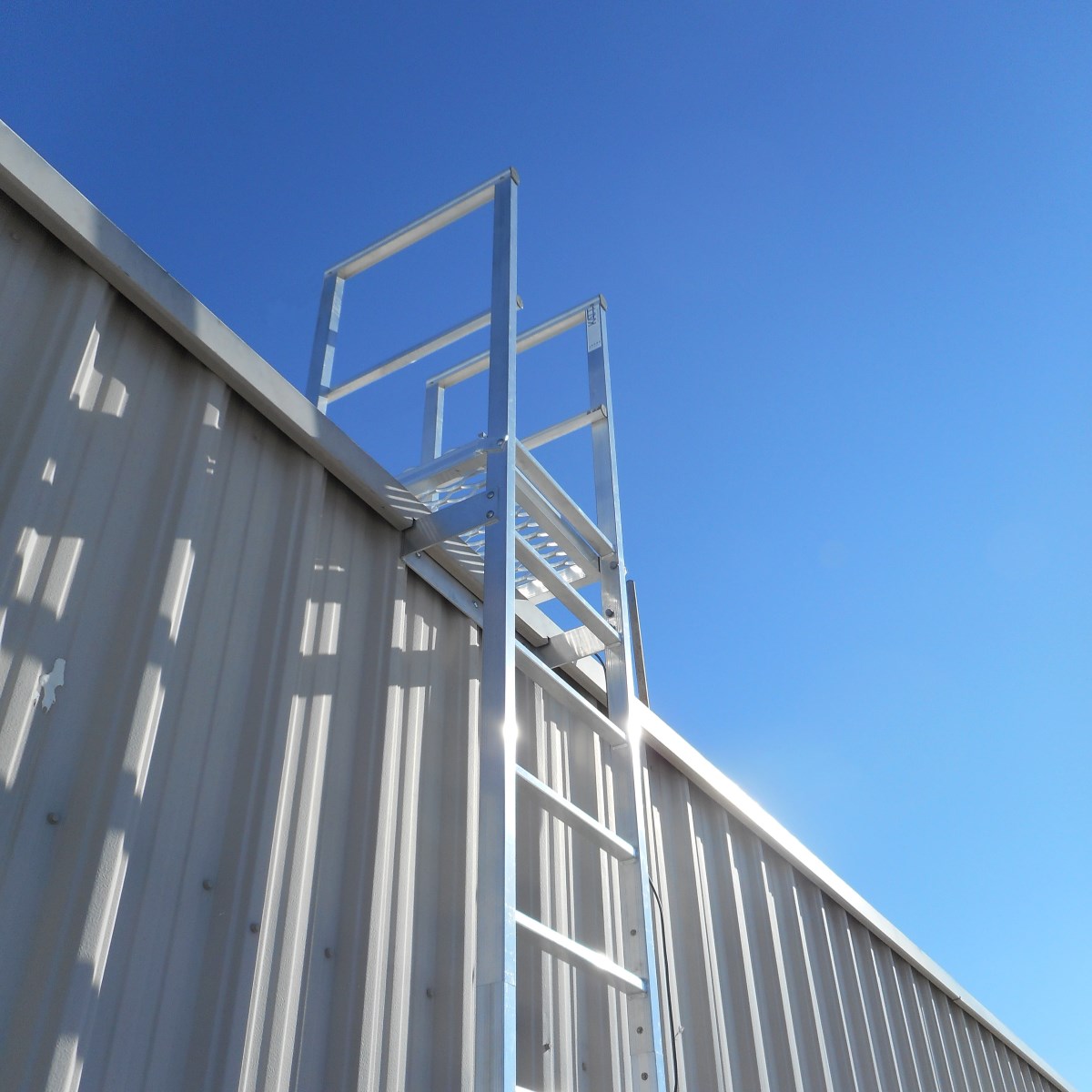
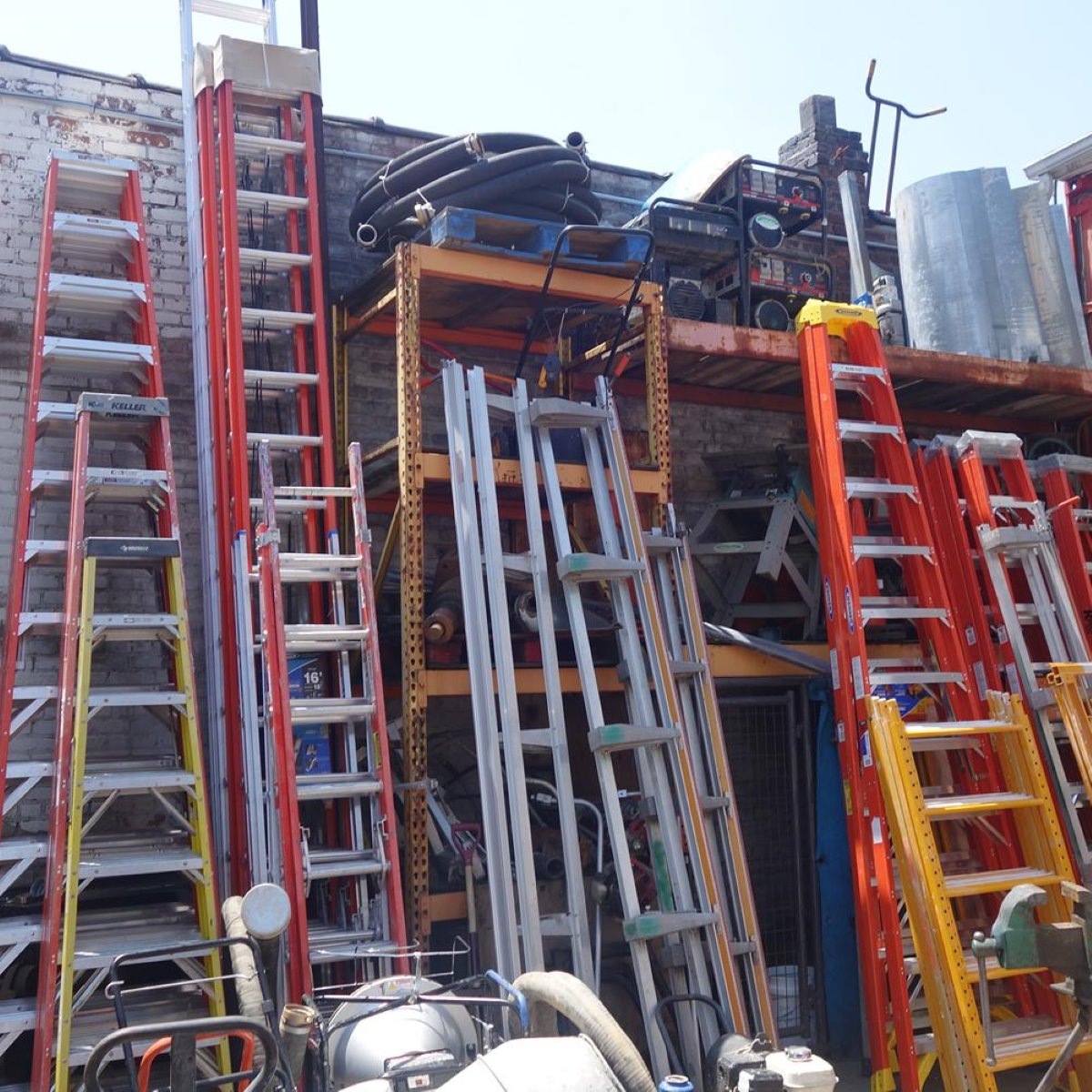
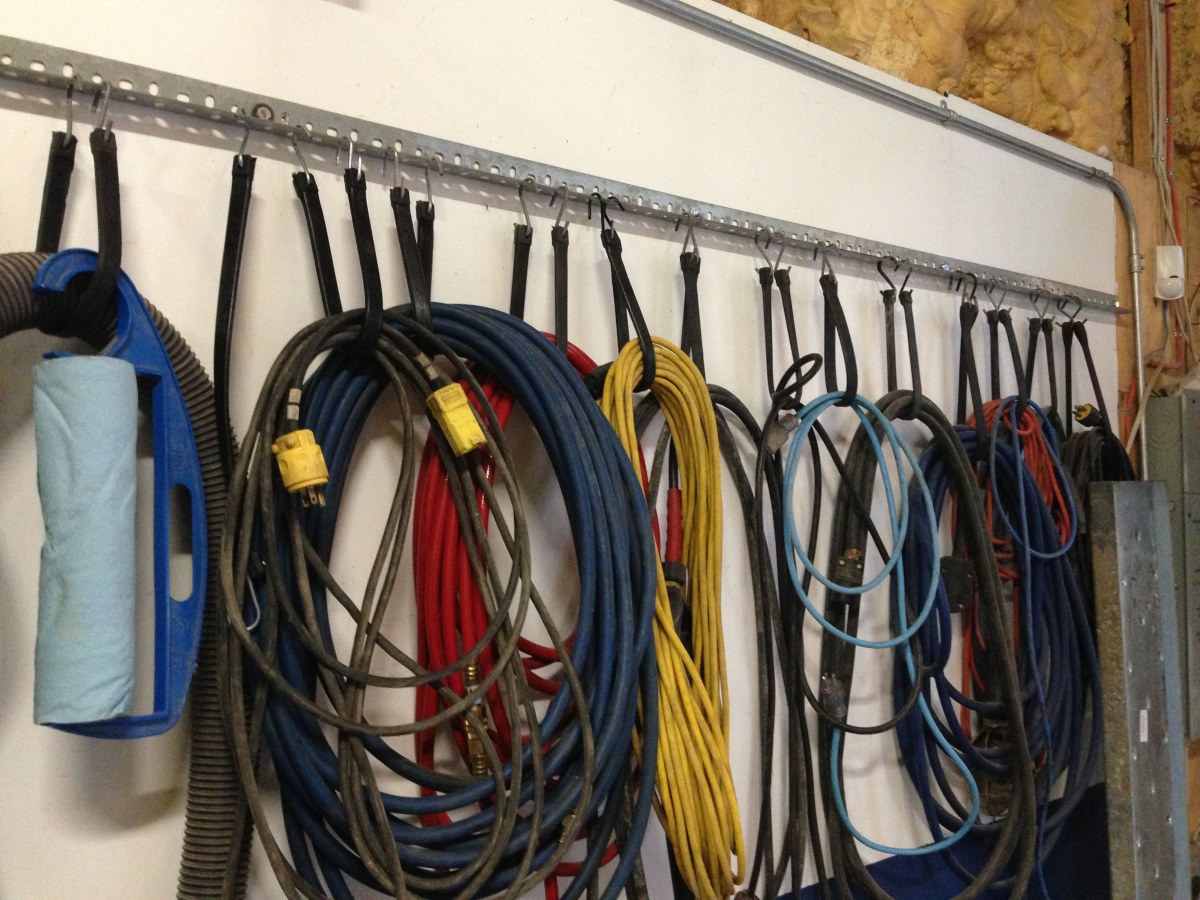
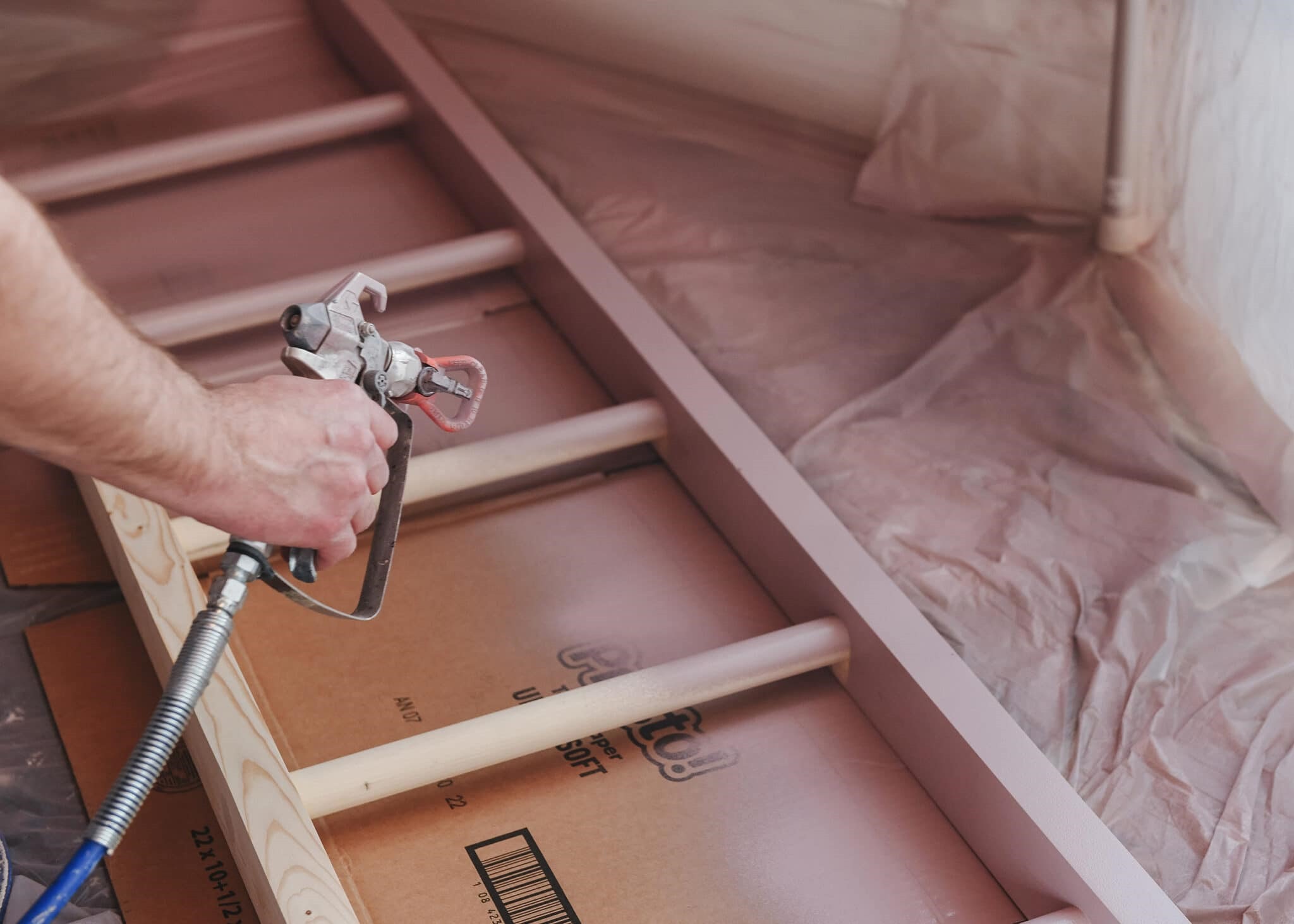
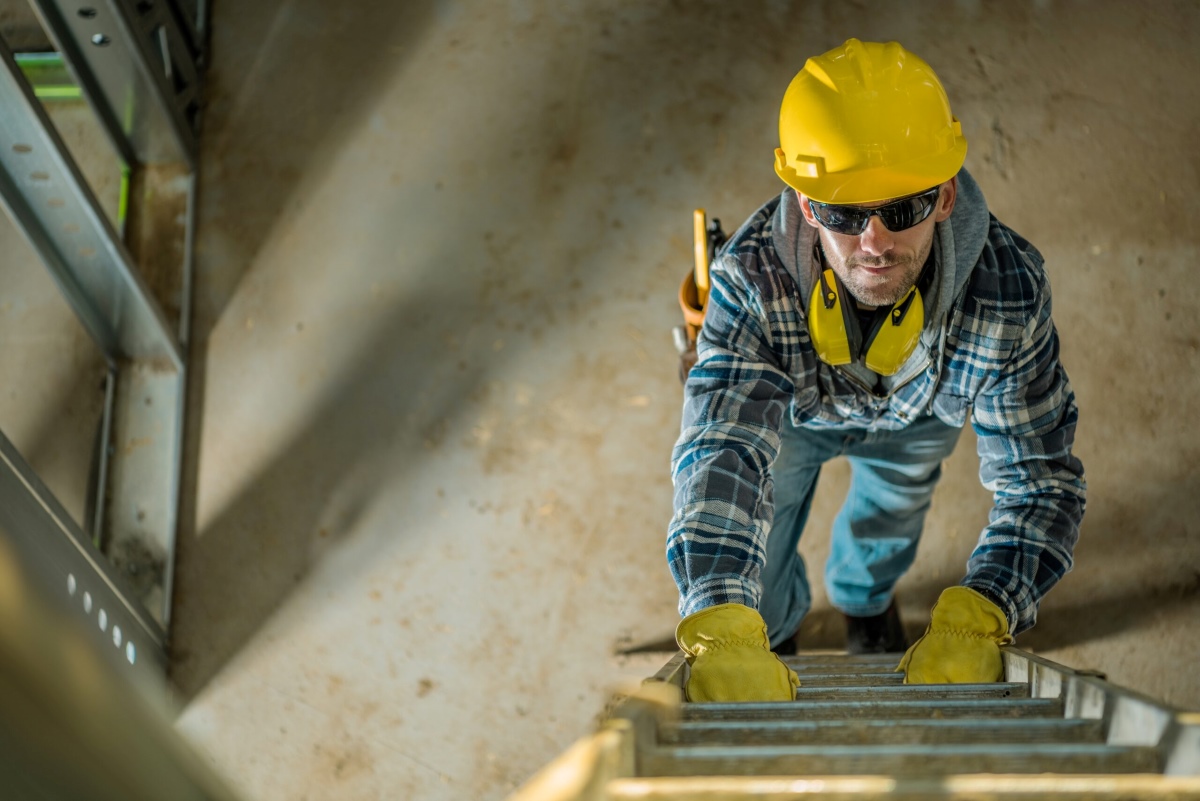
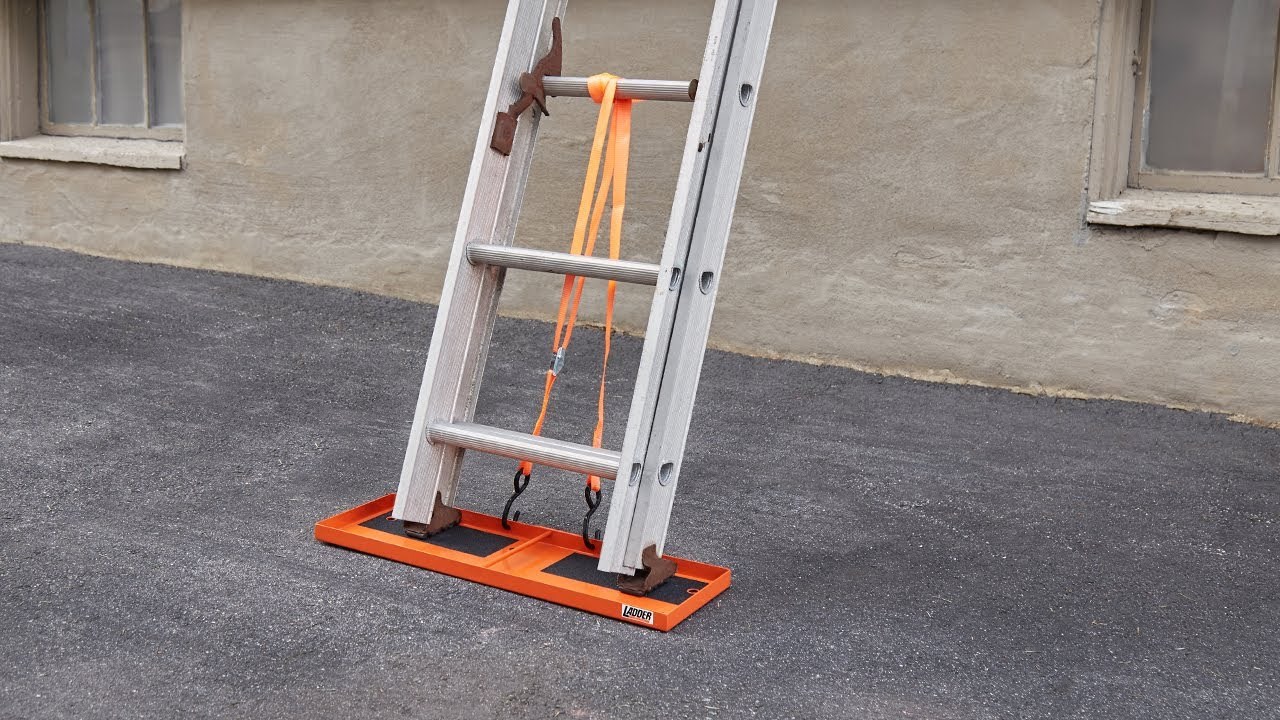

0 thoughts on “How To Store Extension Ladders”